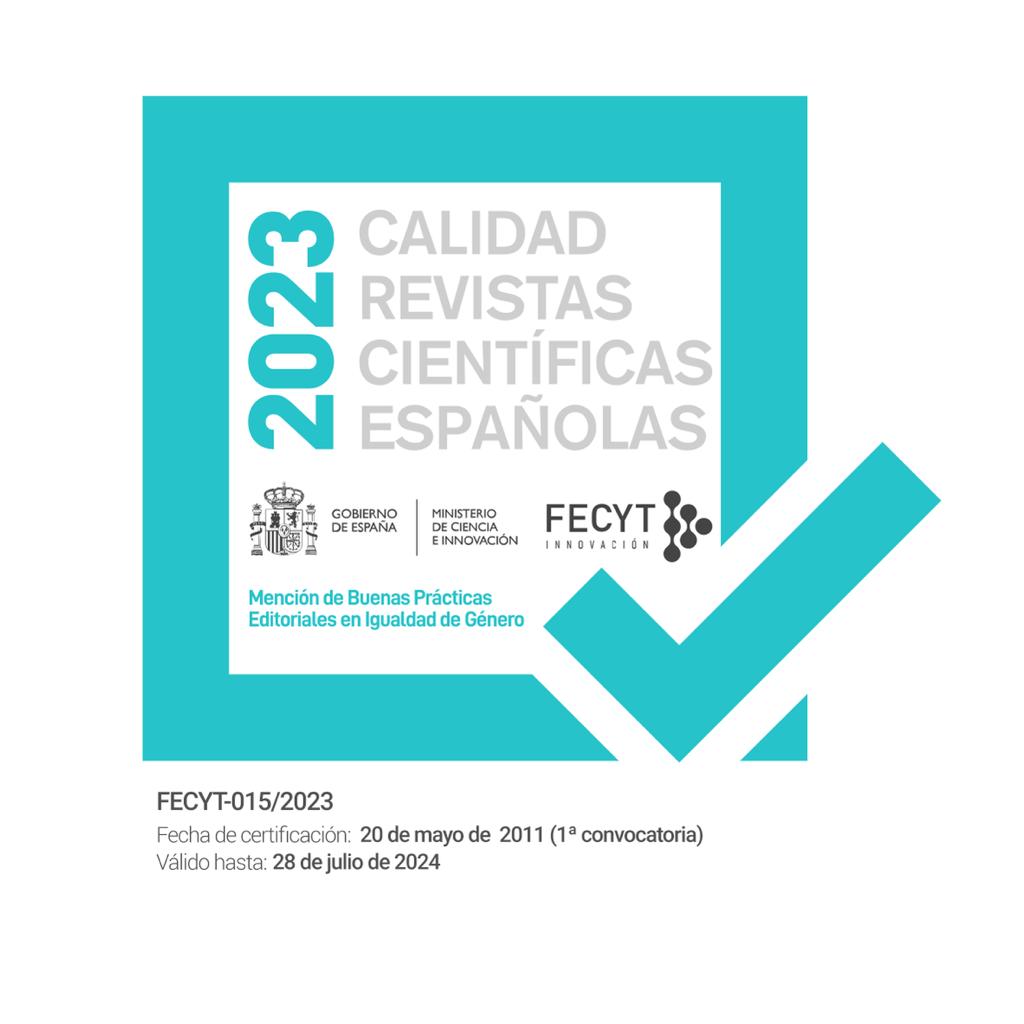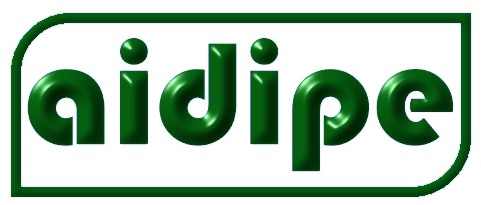Colaboración guiada y ordenadores: alguno de sus efectos sobre logros en el aprendizaje
DOI:
https://doi.org/10.7203/relieve.10.1.4322Palabras clave:
Aprendizaje colaborativo, colaboración guiada, ordenadores, roles del estudiante, roles del docente, motivación, metacogniciónResumen
El propósito de este estudio fue investigar los efectos de diferentes tratamientos sobre logros en el aprendizaje, en un ambiente de aprendizaje colaborativo. Se utilizó un diseño factorial, consistente de dos factores, cada uno de ellos con dos categorías. El primer factor fue: asignar a los estudiantes roles específicos para guiar la clase de interacciones y actividades en las cuales se comprometen, contra permitir que sean los propios estudiantes quienes decidan cuándo y cómo seguir las recomendaciones del docente. El segundo factor fue desarrollar un hipertexto sencillo, contra redactar una monografía. La investigación mostró que el factor 'roles específicos' favoreció logros en el aprendizaje, mientras que el factor 'desarrollar un hipertexto' no tuvo significación estadística.Descargas
Descargas
Publicado
Cómo citar
Número
Sección
Licencia
Los autores ceden de forma no exclusiva los derechos de explotación de los trabajos publicados a RELIEVE (a los solos efectos de favorecer la difusión de los artículos publicados:firmar contratos de difusión, de integración en bases de datos, etc.) y consienten que se distribuyan bajo la licencia de Creative Commons Reconocimiento-Uso No Comercial 4.0 International (CC-BY-NC 4.0), que permite a terceros el uso de lo publicado siempre que se mencione la autoría de la obra y la fuente de publicación, y se haga uso sin fines comerciales.
Los autores pueden llegar a otros acuerdos contractuales adicionales e independientes, para la distribución no exclusiva de la versión del trabajo publicado en esta revista (por ejemplo, incluyéndolo en un repositorio institucional o publicándolo en un libro), siempre y cuando se cite claramente que la fuente original de publicación es esta revista.
La mera remisión del artículo a RELIEVE supone la aceptación de estas condiciones.

















